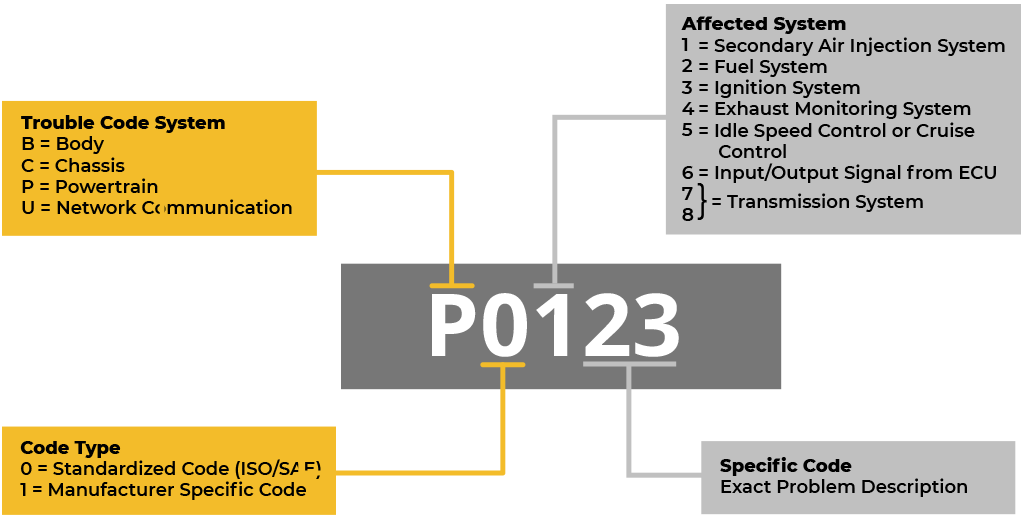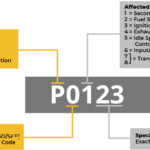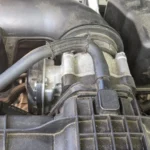What is an OBD-II Trouble Code?
An On-Board Diagnostic (OBD) system is a computerized system that monitors the performance of a vehicle’s engine and emissions. It is designed to detect and report any issues or malfunctions that may affect the vehicle’s performance or emissions levels. When a problem is detected, the OBD system generates a trouble code, which can be read using a diagnostic scanner.
Subaru OBD-II Trouble Codes
P2237 is a specific trouble code that is associated with Subaru vehicles. It indicates a problem with the O2 (oxygen) sensor bank 1 sensor 1. This sensor is responsible for measuring the oxygen content in the exhaust gases and providing feedback to the engine control unit (ECU) for optimal fuel-to-air ratio.
Possible Causes of P2237
There are several potential causes for the P2237 trouble code, including:
- Faulty oxygen sensor
- Wiring or connector issues
- Exhaust system leaks
- Fuel system problems
- Engine vacuum leaks
Diagnosing and Resolving P2237
To diagnose and resolve the P2237 trouble code, it is recommended to take the following steps:
- Use an OBD-II scanner to retrieve the trouble code and any additional codes.
- Inspect the oxygen sensor and its wiring for any visible damage or corrosion.
- Check for exhaust leaks or other issues that may affect the oxygen sensor’s readings.
- Test the oxygen sensor’s voltage and resistance to determine if it is functioning properly.
- If necessary, replace the faulty oxygen sensor or repair any wiring or connector issues.
It is important to note that diagnosing and resolving OBD-II trouble codes can be complex and may require the expertise of a professional mechanic. If you are unsure or uncomfortable with performing these steps yourself, it is recommended to seek professional assistance.
Conclusion
Understanding Subaru OBD-II trouble codes, such as P2237, can help vehicle owners identify and resolve issues with their vehicles. By following the appropriate diagnostic and repair steps, it is possible to address the underlying problem and ensure optimal performance and emissions levels.



